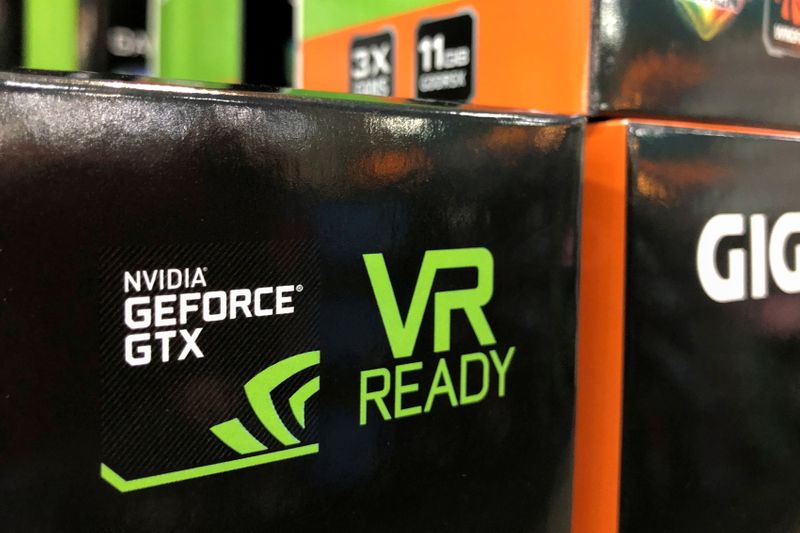Shares in Nvidia (NASDAQ:NVDA) fell more than 3% to $117 following the market open on Monday after the chipmaker’s 10-for-1 stock split took effect.
The stock later clawed back some of the losses and was down 1% at the time of writing.
Companies often implement stock splits to make their shares more accessible to a broader range of investors. When a stock's price becomes too high, it can be challenging for some investors to buy whole shares.
“The company's stock price has risen significantly in recent years, making it difficult for some investors to purchase whole shares,” analysts said.
“By having a 10:1 stock split, Nvidia will hope to attract more investors and increase the liquidity of its stock.
Analysts also said that stock splits can carry certain risks. For instance, the stock's price may not recover to its pre-split level, and it may not attract new investors as anticipated. Moreover, executing a stock split incurs administrative and regulatory costs.
Sometimes, a stock split might be seen as a sign that a company is struggling to maintain its stock price; however, this does not appear to be the case for NVDA.
In Nvidia’s case, the stock split will likely make the company’s shares more accessible to a broader range of investors. Retail investors may find the lower price per share more attractive, potentially leading to a short-term rise in the share price.
“But again, it is worth saying that nothing fundamentally changes about the company,” analysts continued.
“Overall, the long-term direction of the share price will depend on how well the company performs. Historically, well-performing companies that have conducted stock splits often see continued growth in their stock price, provided they maintain strong operational and financial performance.”
Based on 45 Russell 1000 stock splits since 2019, share prices typically rose by 4% in the week after the announcement, Goldman analysts highlighted in a new note. However, there was no clear reaction in subsequent weeks or around the effective date.
Increased liquidity is one theory, though actual liquidity and retail trading activity “showed little change after the split took effect,” Goldman noted.
“Retail trading activity increased only slightly, though there were notable exceptions,” particularly NVDA’s previous split in 2021 and Amazon’s (AMZN) in 2022.
